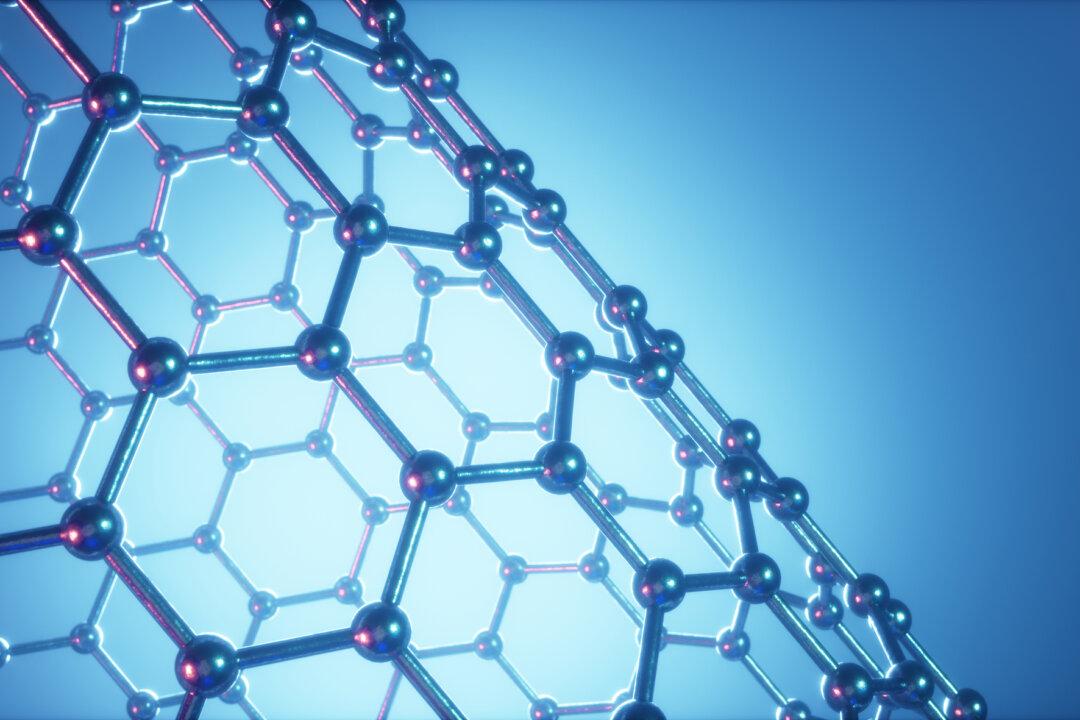During the pandemic a widespread use of nanoparticles has been employed for diagnostics, personal protection equipment, prevention, and treatments of diseases. The use of nanoparticles in biomedicine is expected to increase further due to a desire for real-time human health monitoring as seamless human/machine interaction.
The most booming nanoparticles that may rule future lives are graphene-derived products. The novel 2-D material graphene has advantages in mechanical, thermal and electrical properties and is used in wearable sensors and implantable devices whereas the research and development of the oxidized form graphene oxide is used for cancer treatment, drug delivery, vaccine development, ultra-low concentration diagnostics, eradication of microbial contamination and cellular imaging.






